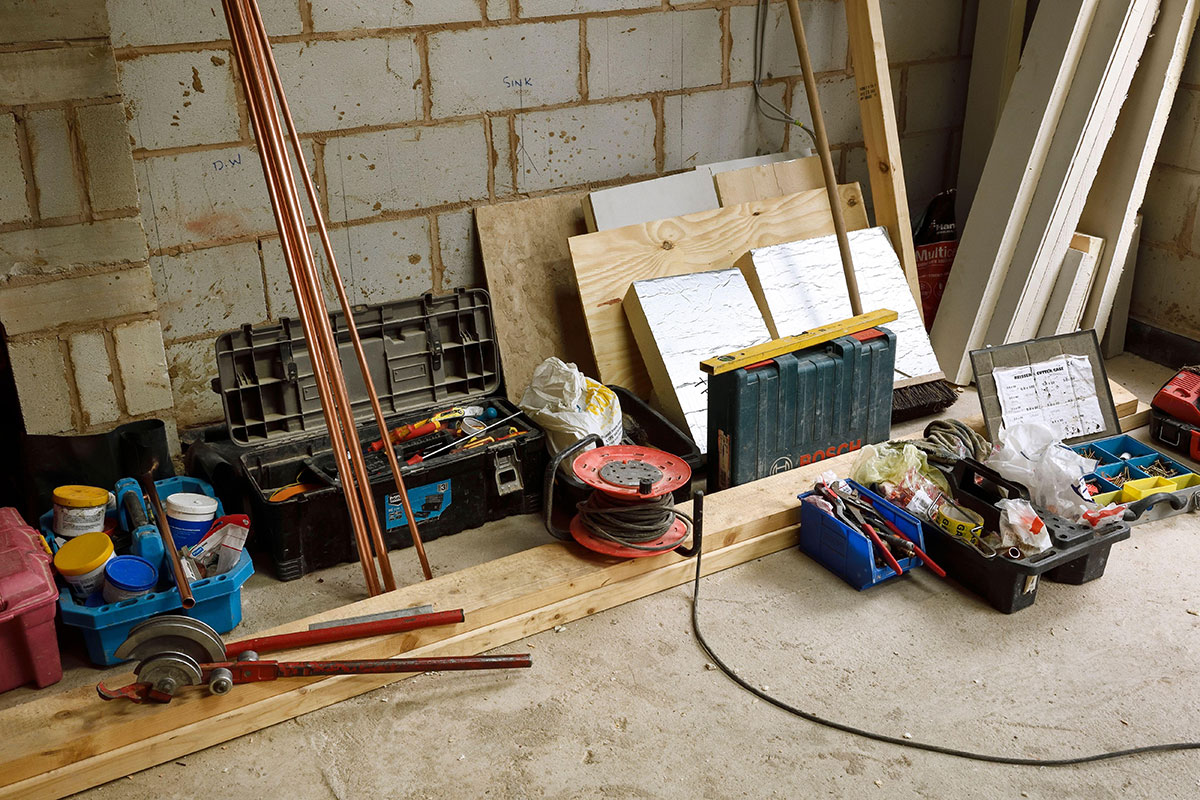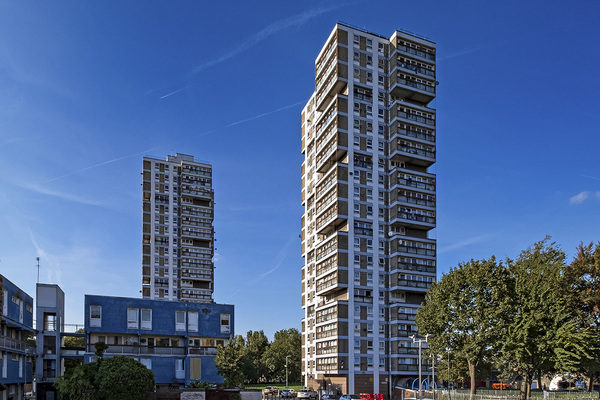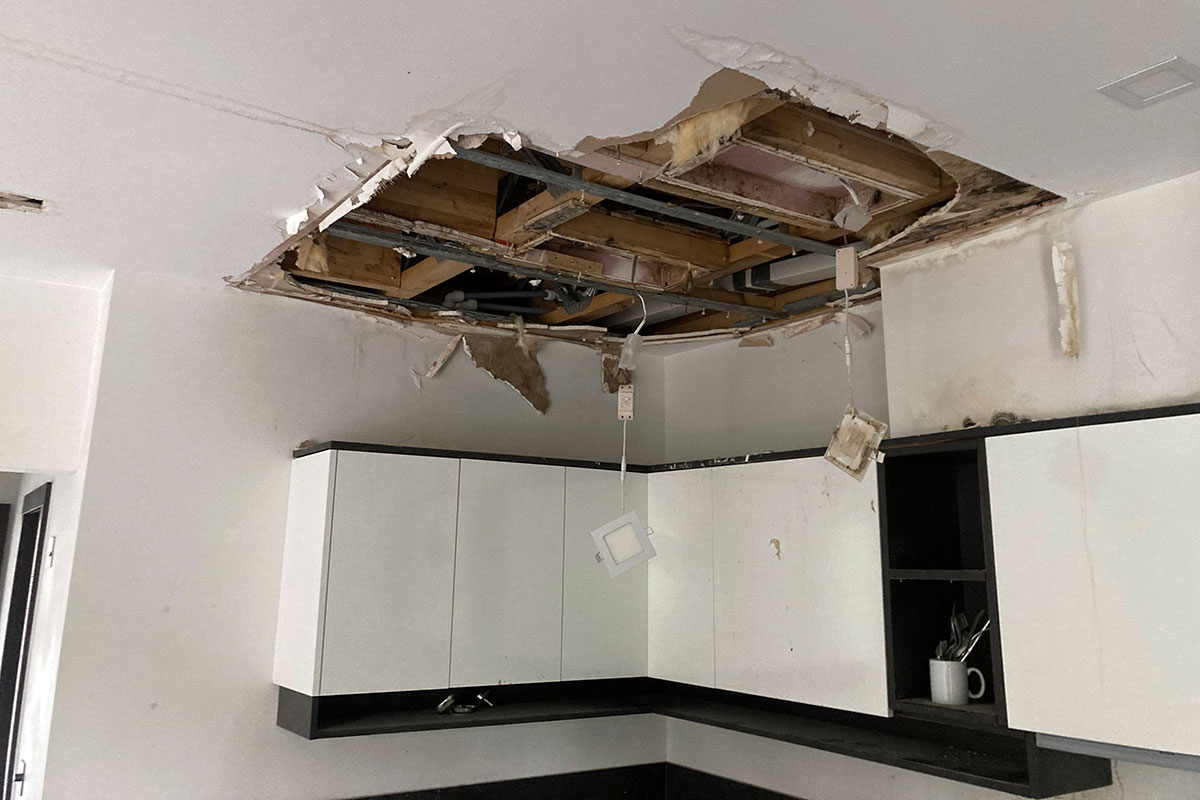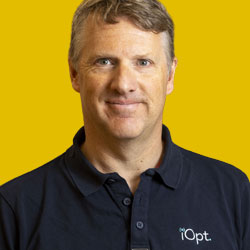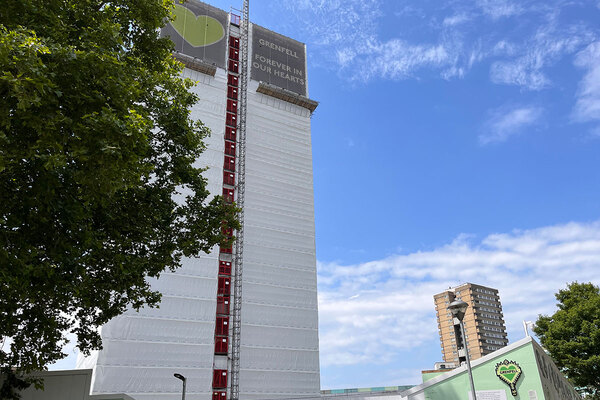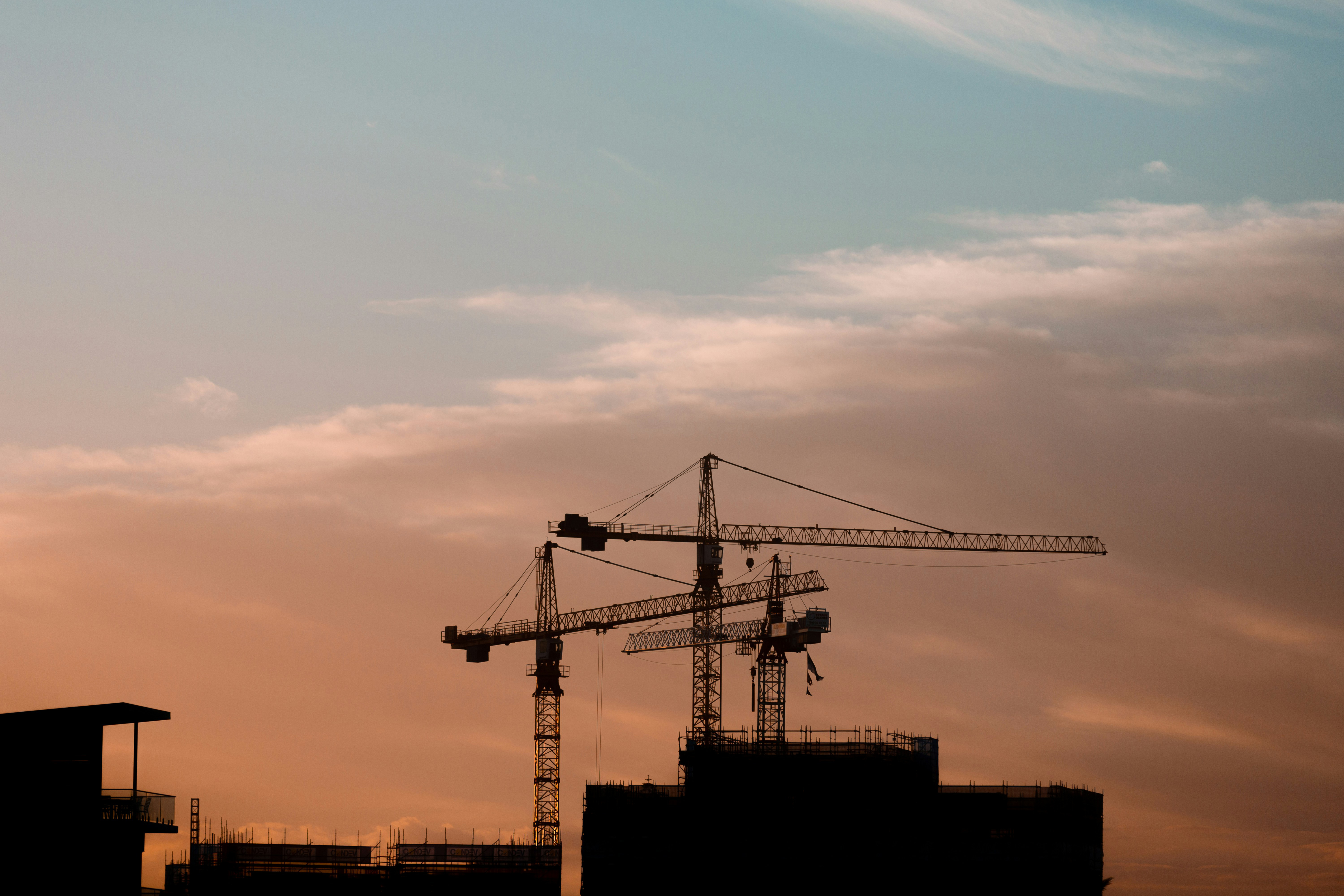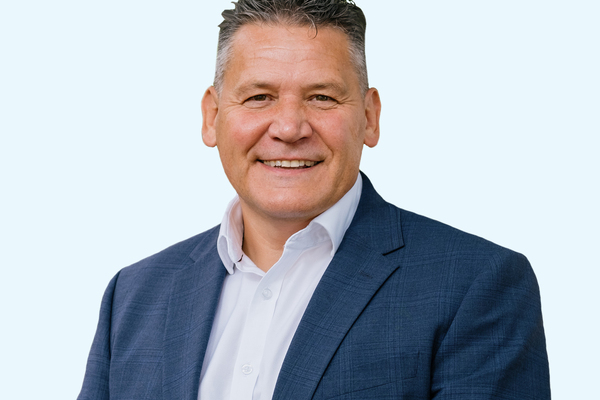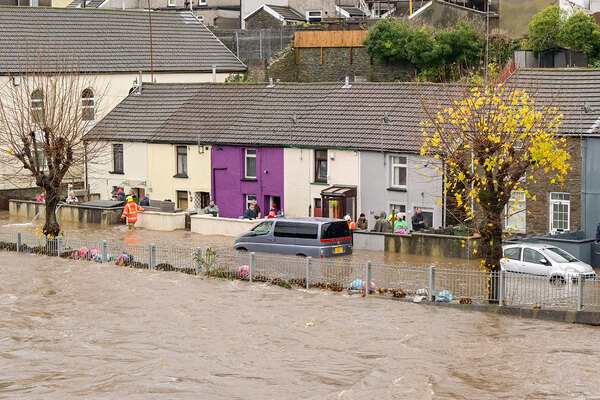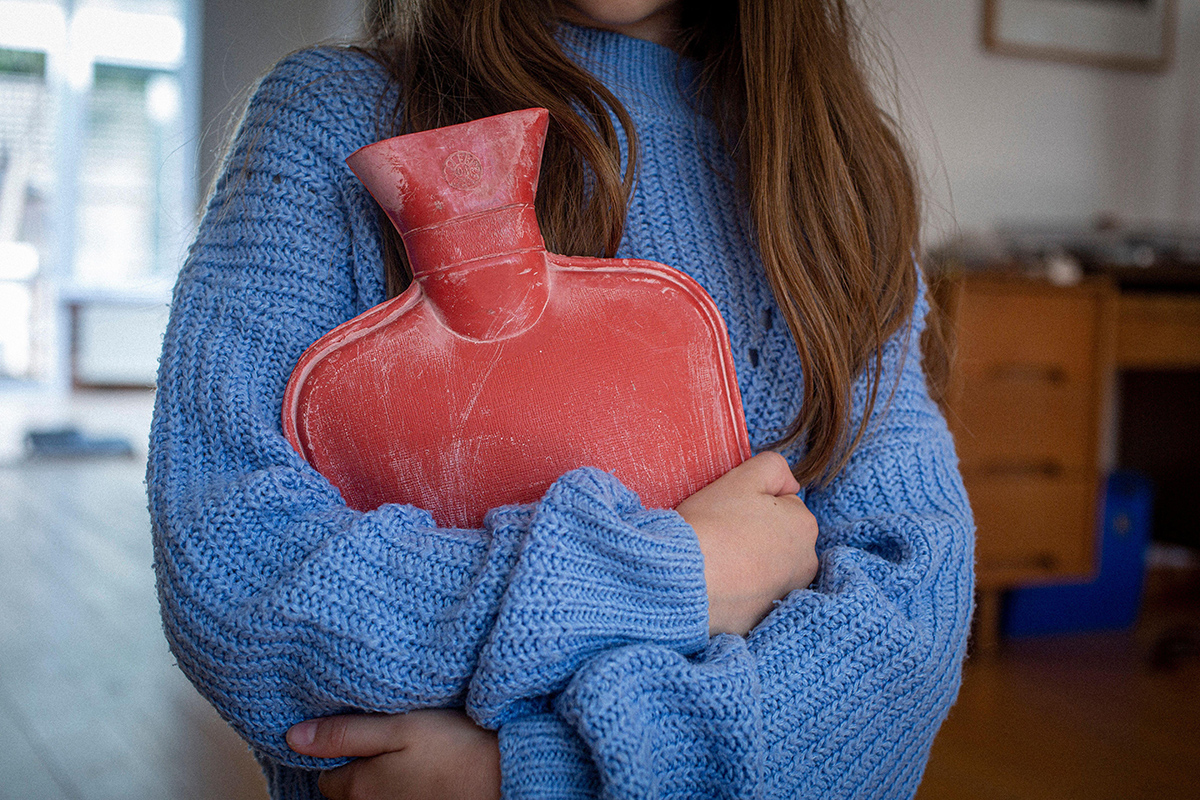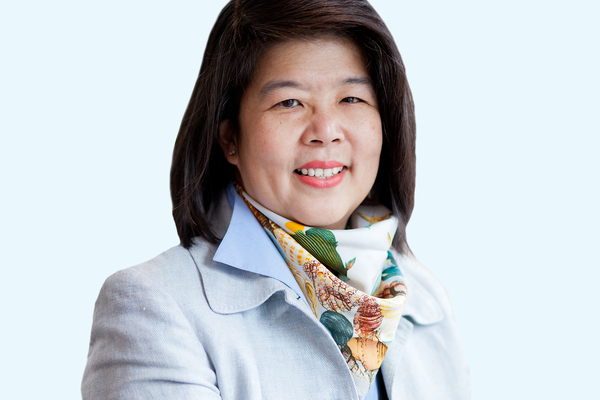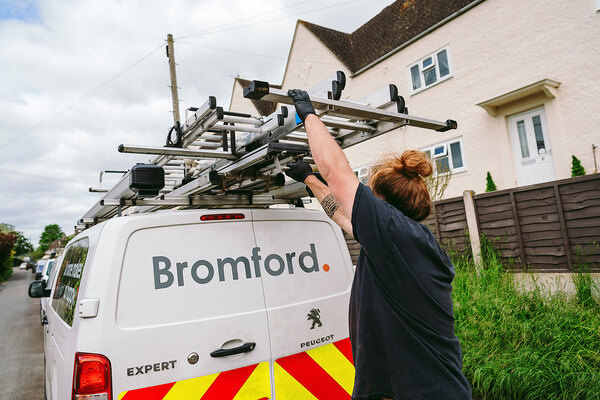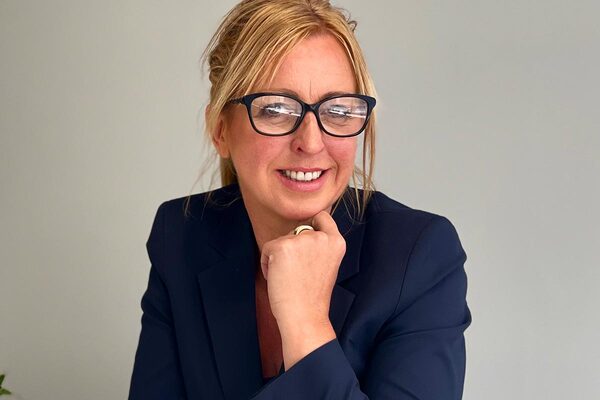Smart devices drive smarter maintenance
Are housing providers making the most of remote-monitoring technology? Inside Housing spoke to Dane Ralston, chief executive and founder of proptech firm iOpt, to understand how a data-driven, preventative approach to asset management can benefit the sector
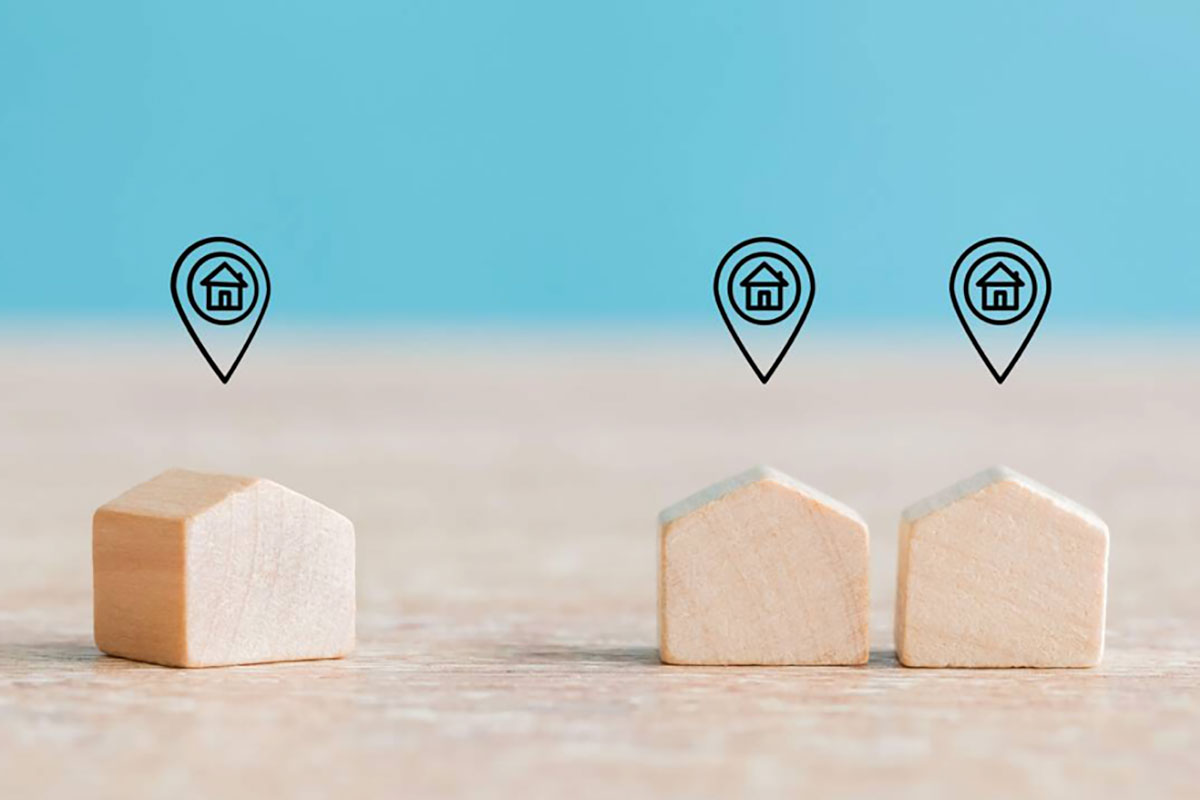
In association with:

Smart devices within homes are now commonplace. For social housing providers, these offer new streams of data that they can use to make better decisions about how homes are managed.
Manufacturers are confident that the technology is mature. They say devices can help tenants monitor and optimise energy usage, making their homes healthier, more economical and more comfortable.
The technology can also help landlords spot problems in properties before they occur, delivering a measurable return on investment. But to make the most of smart devices, housing providers may need to do more to incorporate data streams into their day-to-day business.
Inside Housing spoke to Dane Ralston, chief executive and founder of proptech firm iOpt, to find out how it is going.
Why did you decide to start iOpt in 2016?
I was running a company in the electricity distribution space [companies that are responsible for transporting electricity from the transmission system to homes and businesses], using data from the grids to try and help them run more efficiently.
We were approached by Renfrewshire Council, which wanted to monitor some of its assets remotely to establish the impact of retrofit work. That turned out to be 12,500 social housing properties! So that’s how we got into it.
We ran iOpt side by side with the existing company for probably six to nine months. And then we saw that there was so much potential for the housing sector, so many good ways of using data and very simple technologies, and plenty of space to make an impact.
How has the social housing landscape evolved in that time, and how has iOpt evolved accordingly?
We’ve learned so much in the eight years we have been operating. Right now, the sector is just into the early-adopter stage of remote-monitoring technology, but awareness has ramped up massively over the past two years. And in the last six months, we have seen far more providers putting monitoring into their budgets, rather than viewing it as a way to spend money left over at the end of a financial year.
So they are really starting to plan ahead and feel confident that they will get a return on their investment.
Do you think housing providers could be doing more with data?
One of the big advantages of using data from a large housing portfolio is making staff more efficient and giving them time to work on higher-value tasks.
As an example, one of our customers told staff that tackling a typical condensation complaint will usually take six or seven visits to a property, each costing £160. Using data, they’ve got that down to one or two visits. Using sensors, our data insights highlight issues early and help to reduce visits to one or two by making repairs teams more informed.
How could this data help providers shift towards preventative maintenance?
Providers are used to tenants reporting a problem and then raising a ticket to fix it, but the problem has already got to the point where somebody has noticed it.
What providers aren’t used to is relying on the insights from data about the phenomena they can’t see: temperature, humidity and so on. We are giving them the ability to pre-empt issues.
It’s definitely preventative rather than proactive. A lot of this comes down to terminology. If you use the example of a car, proactive maintenance means taking your car in for a service once a year, because of a schedule, not because anything needs to be done. But that car might happily run for three years before you’d see data coming through saying it needs a service.
Preventative action would be adding fuel to your tank when the fuel light comes on, so you’re acting on data.
Dane Ralston is the founder and CEO of iOpt. Established in 2016, iOpt provides data insights to housing providers about the condition of their stock and allows for proactive maintenance.
For the past 20 years, he has been working to help asset owners and managers to maintain and run their assets more efficiently. At iOpt, the focus is to change UK housing and those living in social housing by harnessing Internet of Things technology.
What are the challenges involved in installing remote-monitoring technology, especially in large portfolios?
We have set up our system to be as easy and as fast as possible, because we know how those costs add up.
Our average customer has 14,000 properties, and there’s a big cumulative difference between single installs that take 20 minutes, like ours do, and two hours for others.
It’s also got to be at no cost to the tenant, so no cost on their wi-fi, no cost on their energy bills.
And it’s got to be easy, because installers are different on each job. There’s no need for an electrician to fit the sensors we use, and customers can use an app that walks them through the installation process in a very straightforward way.
Do you see a role for AI in managing or analysing housing data?
The best way to answer that is to say that we use all of the modern technologies at our disposal, and they come and go, and their names change. The Internet of Things (IoT) used to be called machine-to-machine, for example.
We tend not to talk about those things just to throw a buzz word out there from a marketing point of view. It’s not about the enabling technology. We’re more interested in the outcomes.
What has been your biggest learning from working with housing providers?
I came into the housing sector because I thought there was huge potential to bring in proven technology from other industries. The thing I’ve taken away is the sheer scale of it.
[The housing sector] is so big, and it is so impactful on people in a positive way. Plus, there are so many people in the industry who really care about delivering a good service. That’s probably the most positive and eye-opening thing to me.
It’s not always just for the tenants. It’s for the environment, and it’s for the country as a whole.
If we can improve the energy efficiency of homes, the costs go down for people living in them, and people are happier and healthier. And healthier and happier people will generally lead a better life.
What would you like to see at a policy level that would improve conditions for residents, or make it easier for housing providers to manage damp and mould?
In other sectors, I know that businesses and large organisations have avoided digital monitoring of their physical networks because the financial incentives weren’t there or there was no need from a compliance point of view.
In housing, we think there’s a compelling financial case for both tenants and providers.
If there were a policy directive requiring providers to prioritise always-on digital solutions rather than periodic manual checks, that would result in better outcomes for them and their residents.
Sign up for our daily newsletter
Already have an account? Click here to manage your newsletters
